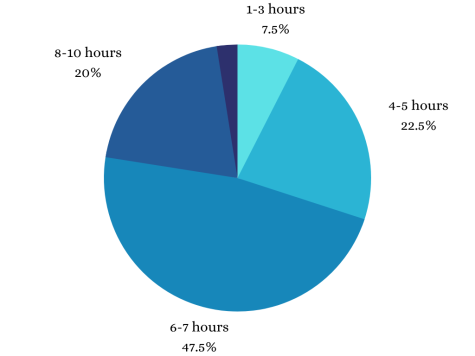College Season: All About Decision Plans
College Season has Arrived!

By Njeri Jackson
Application season is coming up as senior year kicks off. Navigating college applications can be very difficult, complicated, and just plain frustrating. The actual application, college tours, the FAFSA, etc; there’s no doubt that college applications are far from simple. This four week series will touch on some major aspects of college applications to help simplify the process. The first one will address the differences between decision plans and which one to pick.
Most schools of higher education have an application cycle based on a choice of three decisions: early decision, early action, and regular decision. Some schools work on a rolling decision system where a person fills out an application at any time and the admissions counselors review the application when it comes in. However, this isn’t the case for most: a majority of schools have deadlines for application submission and a set date when the admissions decision should come out by (at the latest). Here is a breakdown of the most common decision plans:
Early Decision is based around the idea that a student is nearly, if not fully, committed to one set school. This is the decision someone would pick because this is their top school. This is the decision that is often binding. It’s basically saying that if a student is admitted under early decision, they have to come to that school; this is deemed as restrictive. They would then drop all applications from other schools and pick the school that admitted them under early decision. Every student can apply to one school early decision. Early decision isn’t always binding; check each school to know for sure. Be cautious because when committing to a school a student will not know how much financial aid they will get and they will not be able to change their mind, so if that is a concern then this plan might not be the best.
Early Action is essentially applying earlier than regular decision so an admissions decision comes out sooner. It’s not usually binding and is an option for those that want to get their application out there earlier, but don’t want to commit to one school. This decision requires applications to be submitted earlier, so all the materials need to be submitted by an earlier time which might be a time crunch for some students.
Regular Decision is the last decision deadline and is a great option for those looking to include the start of their senior year on their application. The admissions comes out the latest and tends to be the most selective because many people have been chosen in early decision and early action, but of course there are exceptions. JMU, for instance, tends to be more selective in their early action pool than their regular decision (the information can be referenced on their website). This is important to note because if applying for more selective schools the already limited acceptance rate will drop, so the chances of getting in are even smaller.
It is important to note that one decision plan is not for everyone, that’s why there are multiple options. It is up to the individual to choose what is best for them. Checking information on decision plans from each school is crucial because these plans vary from school to school. Finding the right plan is key.














